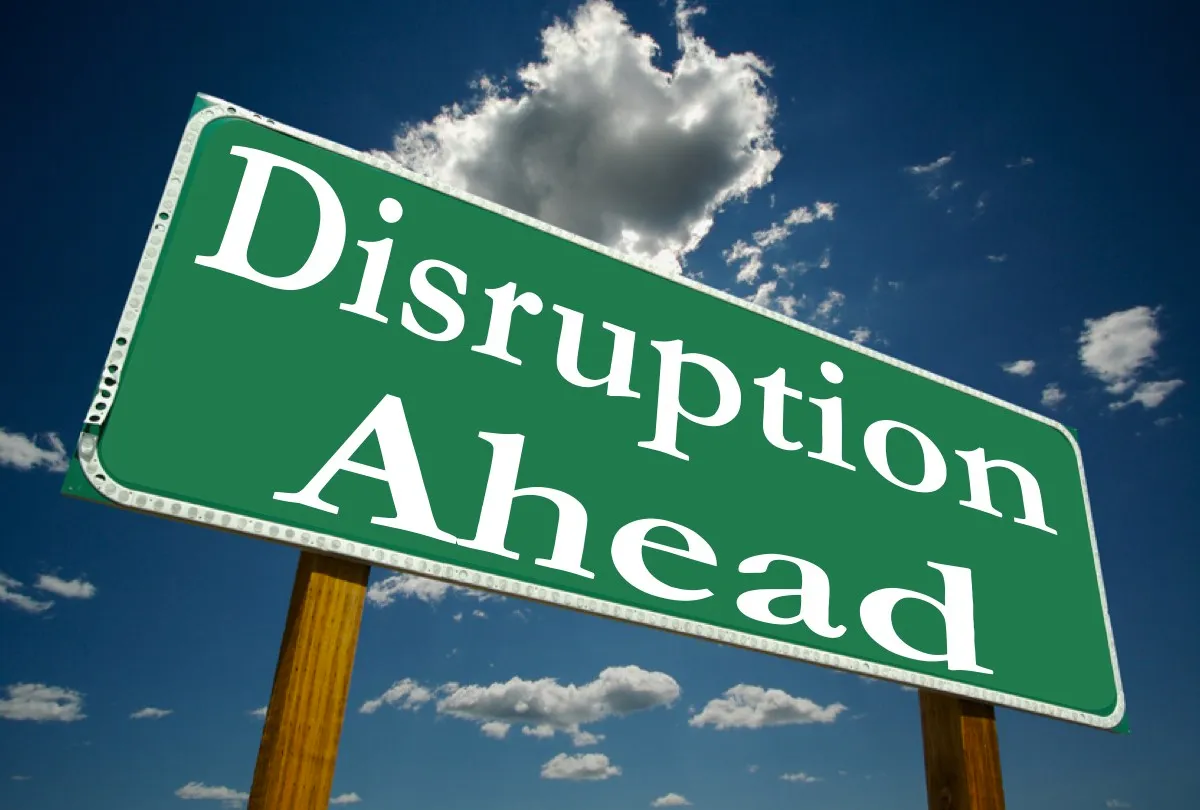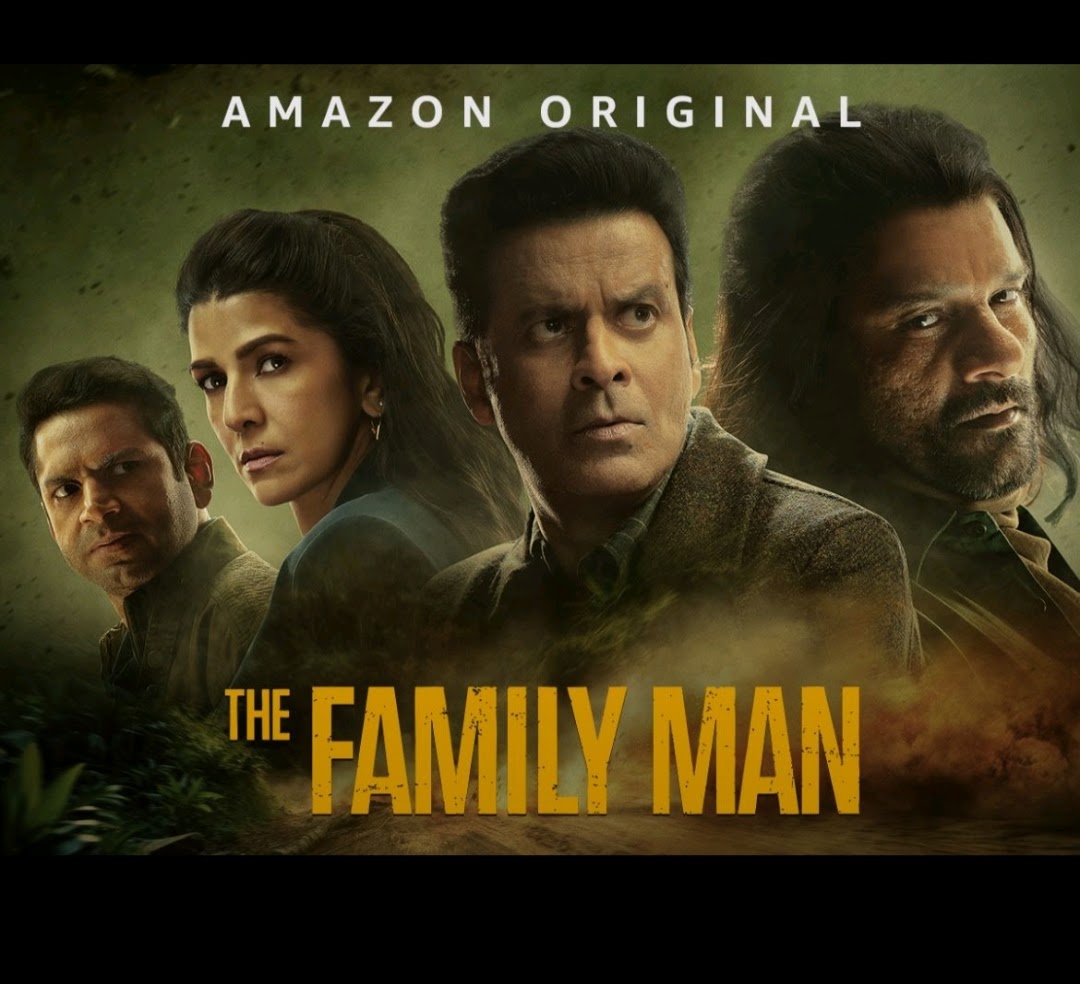
Philosophy in The Age of Augmentation
According to Christensen's theory of disruptive innovation, disruption is defined as the transformation of business models and value networks through technology or business innovation. We cannot predict the future, but we can identify ongoing patterns of change. So, as your co-passenger in this “journey” during what I believe to be “the most influential periods of mankind," I can tell you what I see outside the window. It influences the future and coexists with the present.
David Foster Wallace once recounted a story to his audience. I will quote that and use his line of thinking to address the topic of today’s discussion. Quote: “There are these two young fish swimming along, and they happen to meet an older fish swimming the other way, who nods at them and says, “Morning, boys, how’s the water?” And the two young fish swims on for a bit, and then eventually one of them looks over at the other and goes, “What the hell is water?” The immediate point of the story is that the most obvious, ubiquitous, and important realities are often the ones that are the hardest to see and talk about. Let’s keep that in the back of our minds.
Paul Gilster defined “digital literacy” as the easy access to information and the ability to assimilate and react to it. Finally, in his book, “The Digital Economy: Promise and Peril in the Age of Networked Intelligence,” Don Tapscott describes the Age of Network Intelligence as an all-encompassing and revolutionizing phenomenon fuelled by the convergence of advancements in human communication, computing power, and content.
The global economy is disrupting many things, from consumer behaviour to new business models. And digitalization underpins this shift. The result is that organizations see their business models upend as they deal with astonishingly fast technological shifts and human wants. In some ways, Industry 4.0 owes its genesis to this, as it refers to the intelligent networking of machines and processes with the intent to achieve higher efficiency and productivity. It focuses less on the principles of social fairness and sustainability and more on digitization and AI-driven technologies to achieve the above-mentioned gains. But that has not happened completely.
Let me elaborate a little bit.
Many critics argue that the adoption of Industry 4.0 has not been particularly successful. Organizations recognize digitalization as a means to gain a competitive advantage. However, while some have leveraged it to gain a business edge, others have not been that successful, suggesting that there is no unique way in which it can be used. The majority of digitalization failures can be attributed to individuals who attempt to enter the space by replicating the strategies developed by others. However, closer examination of new-age success stories shows that progressive organizations and societies tie their digital initiatives to innovative strategies to create path-breaking means of engagement, managing information, supporting inventories, building a better system, and delivering value that probably was not known earlier.
But how does one define “value”? What is the real problem that we are trying to solve?
Which leads to the second question, “Who defines that value?" Are those your customers, investors, competitors, or all of them together, including your employees? Or is it also your planet and your environment?
Who defines these values?
Enter Industry 5.0, envisioned as a medium that acknowledges the power of industry to achieve societal goals beyond employment and growth. And in the process, become a vehicle to provide resilient prosperity while respecting the balance of the environment, the limits of our planets, and putting the wellbeing of humans at its center. If I can quote research, then the three axes on which it operates are human-centricity, resilience, and sustainability. It focuses on combining the strengths of humans and machines; bio-inspired technologies; digital twins; data analysis; AI to manage complex adaptive systems; and lastly, energy efficiency, renewable energy, etc. Thus, its core idea is to complement existing Industry 4.0 by using research and innovation in design to support future societal values.
Natural disasters or major conflicts have traditionally driven most industrial shifts throughout history. The last couple of years also seem to have been such a watershed moment where we might be transitioning from an information society to a super-smart society. We tend to use exotic jargon and buzzwords to describe concepts, industrial revolution included. But if we strip that off, industrial revolutions are essentially separating man’s work from machines’ work. And it is in this aspect that Industry 5.0 may be different, as it could be the vehicle that leads to the rise of a composite bridge between humans and machines with the intent of sustainability and self-preservation. Therefore, Industry 4.0 is technology-driven, while Industry 5.0 is value-driven. And the former needs the latter to deliver on societal needs, higher values, and responsibilities that become the underpinnings of a smart society.
If we examine closely, we can see these ideas unfolding before our eyes, yet we often overlook the patterns. Digital literacy, networked intelligence, access to information, and its application powered by human imagination are leading to changes in all spheres. Like giving birth to a revolution as social media forced open the windows in the most oppressive states to let the winds of change blow, which we call the Arab Spring. Like a private entrepreneur, Elon Musk will put a sports car into space and use Starlink to provide internet access to war-torn Ukraine. Drones will deliver pizzas and other products. Like AI, it will help write the scripts for popular TV shows. Like taxis, aggregators changed the very concept of cab services by making the “driver” and the “car” both fungible elements of the business model.
In India, a project called Crowdring has turned the featureless, “unsmart” mobile phone into a tool for fighting corruption. In China, an old-fashioned website called Baby Come Home helps parents find their missing or abducted children. In Brazil, an open-source culture has created Catraca Livre and the remarkable Fora do Eixo, a co-operative that organizes thousands of cultural events across the country through a cashless barter system. Mexico, meanwhile, has produced Medical Home, a revolutionary national primary healthcare service based on the mobile network. Of the many systems that have breached the 1 billion user mark, most have come from private enterprises, such as Facebook, Google, etc. Aadhar is the only non-US technical system to have more than 1 billion users, but it is also the only one that has been created by a public sector entity. And it is driving new values in the lives of millions of Indian citizens and helping create new business and public models.
I bring these examples to demonstrate the phenomenal power of disruption that new-age technologies can deliver. So, when we think about disruptive technologies, specifically Industry 5.0, and their effect on society, we need to think about inspiring new solutions that solve difficult problems (both social and business); those solutions that impact a vast majority of people; and those that inspire new ideas that others can follow.
To bring home the point, our technologies are advancing at breakneck speed, and while the capabilities they provide are endless, our knowledge of how to use them is limited.
Let me explain that.
As humans, on the one hand, we have the extraordinary power to imagine, but at the same time, we are plagued with faults. To overcome these inherent faults, our powerful imagination helps create advanced systems and societies that overcome them. However, these very systems tend to curtail our imagination. Because industrialization begets scalable efficiency and feels comfortable in it. So, it views imagination as the enemy. And that is because, as humans, we like to live our lives on our default settings, which inhibits us from breaking out of our constraints. Disruptive technologies fuel this default setting, emphasizing performance above all else. This, in turn, results in an exaggerated perception of risks and a devaluation of potential benefits. I previously mentioned the distinction between technology-driven and value-driven approaches.
Hence, the real shift is to veer away from a “technology implementer” trajectory towards a “value delivery” trajectory. And that’s how we should harness digitalization. We need to reawaken our imagination and surmount the cognitive biases that tether us to outdated practices. It is up to us as to what disruption we "want.” We want to use digitalization to iron out that last chink in the armor and remove that last inefficiency in the process. Or do we want to use digitalization as a catalyst and amplify our imagination to discover new avenues, add new sources of value, and allow humanity to flourish?
To close, I again paraphrase David Foster Wallace, and he says, it’s this simple awareness of what is real and essential, which is so hidden in plain sight that we have to keep reminding ourselves again and again: “This is water. This is water.


